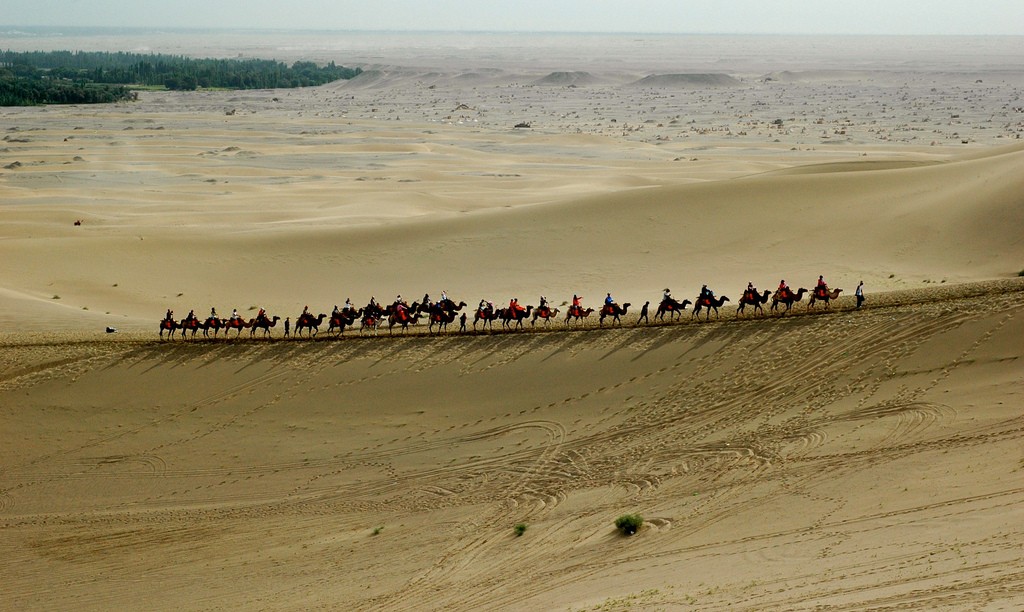
August 6, 2013
Lisa and I flew from Singapore to Dunhuang.
August 8, 2013
Weiwei and her boyfriend Anthony showed up and we visited the night market
in Dunhuang.
This morning we went to the Mingsha Dunes and Crescent Lake, which are right next to each other, a little bit southeast of Dunhuang.
We paid to ride a camel through the dunes. It looks romantic from a distance — but when you do it with a bunch of other tourists, like here, you have to wait a long time to get a camel. And once you get going, you can actually get stuck in a camel traffic jam! Still, it was good preparation for the more serious camel trek we did later.
The photo above was taken by Weiwei Pan, who is much better at photography than me. Since she's Chinese, she wasn't shy of laughing about the foibles of Chinese tourists. For example, the concept of 'roughing it' isn't popular among Chinese. They tend to dislike dirt. So, when exploring the Mingsha Dunes, they all get special bright orange boots to keep the sand off.
I'm not shy of making fun of American tourists, but there were almost no Western tourists near Dunhuang! A few go to the Mogao Caves, but they don't stay around long.
Anyway, Americans who want a camel trek can do it in the Big Bend region of Texas, home of the old U. S. Camel Corps, which has recently been revived, in a nostalgic sort of way, by Doug Baum:
... in the 1850s, the first American settlers took root as the nation moved west. The soldiers who came to guard them discovered that their horses and mules didn't cut it out here. They couldn't traverse the distances between water supplies. So Gen. Jefferson Davis brought in camels before turning his attention to other things, like secession.This is from:"The U.S. actually sent a sailing ship, the USS Supply, twice. And they bought camels in the modern countries of Algeria, Tunisia, Egypt and what's now Turkey," Baum says.
Eventually, hundreds of camels would be in use in the Big Bend by the Army and private owners. What happened to them all? After the Civil War, everything that the Confederate traitor Davis had touched was scrubbed away — and that included the Army's camels. The railroads finished them off. By the 1870s, they were mostly gone. That is, until Baum and his Texas Camel Corps brought them back.
Camel trek in the afternoon; overnight in desert.
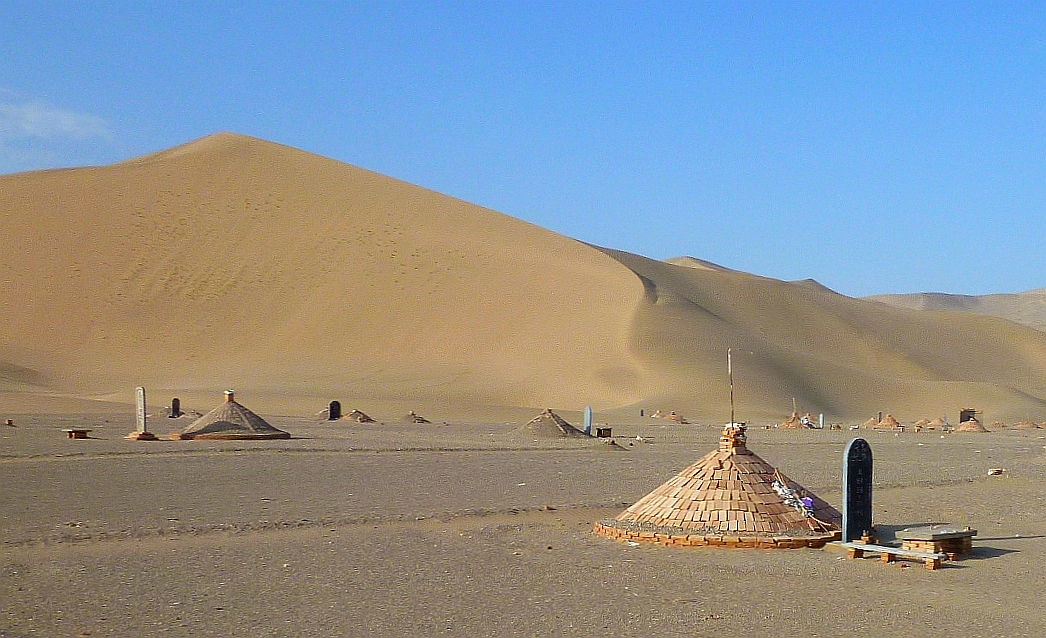
Dunes at sunset, viewed from above our campsite:
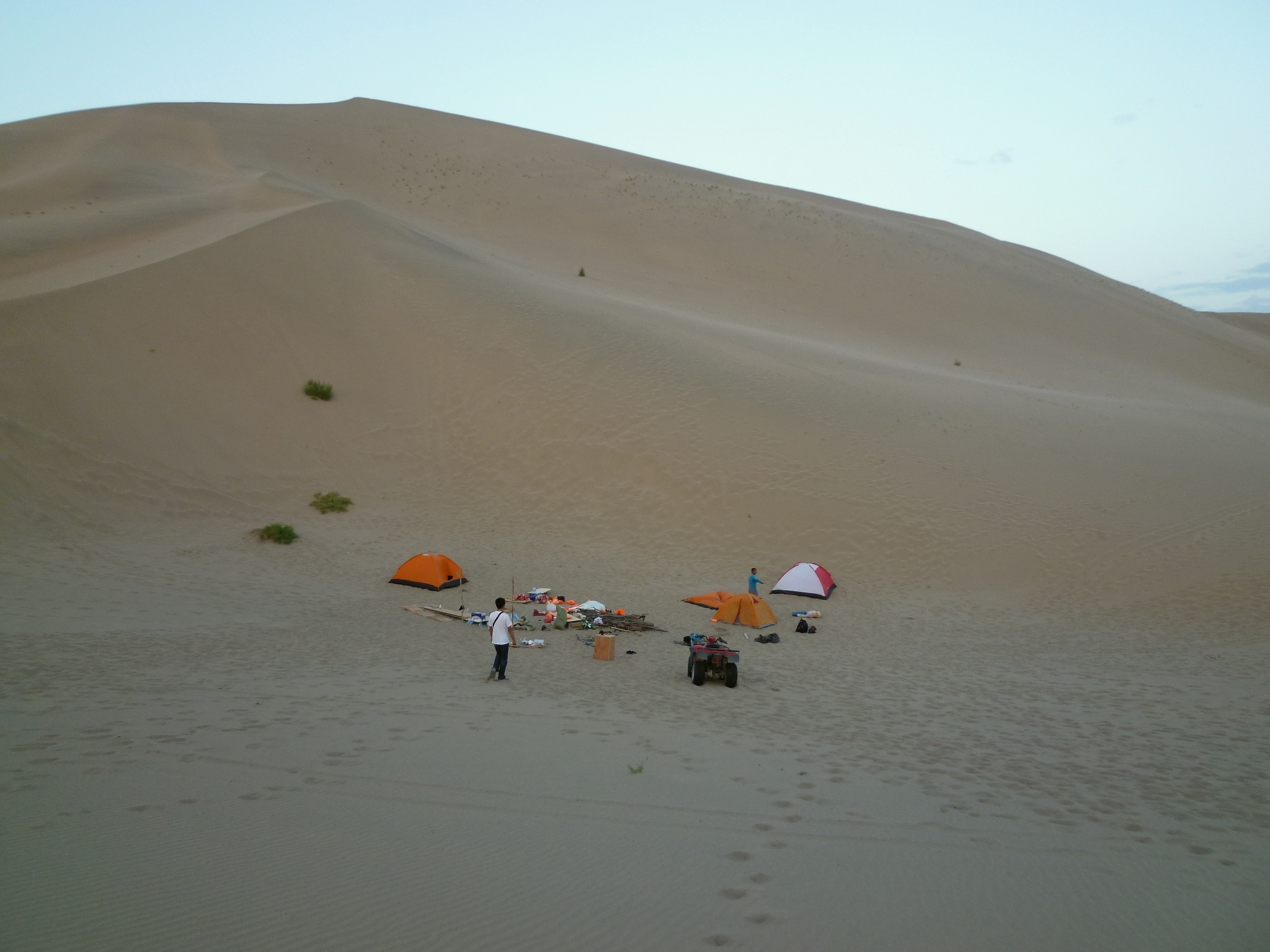
We drove to see rock formations in Yadan. On the way we saw ruins of the Han Great Wall:
We also saw Yumen Pass:
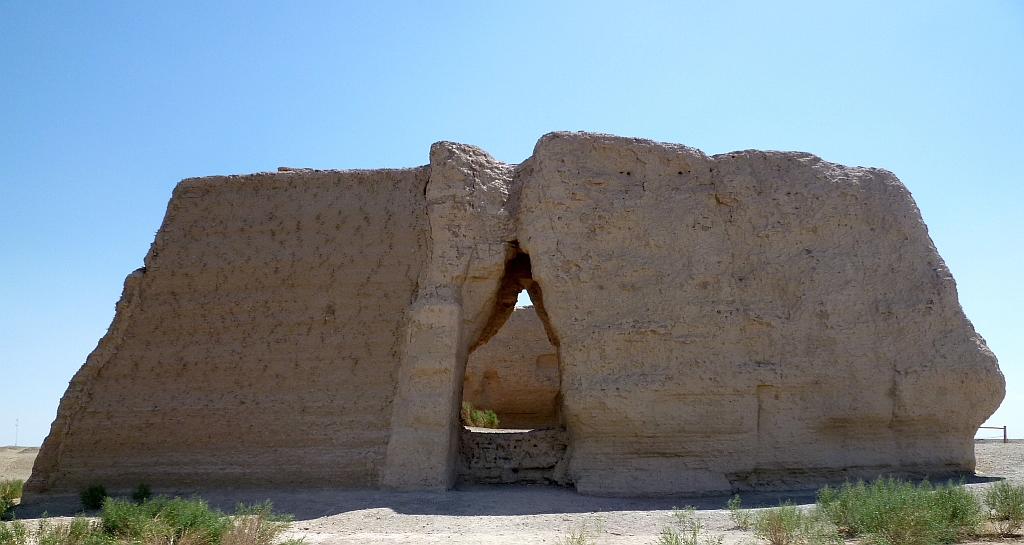
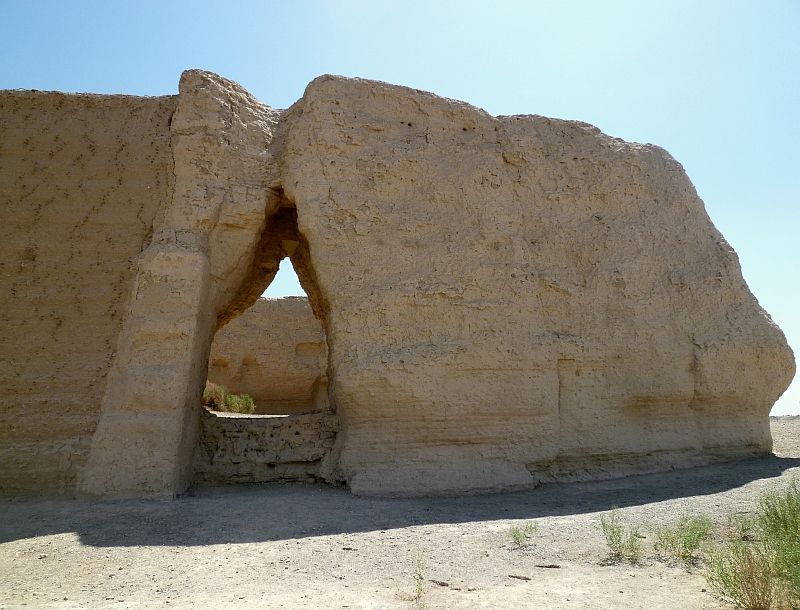
Here are the rock formations of Yadan:
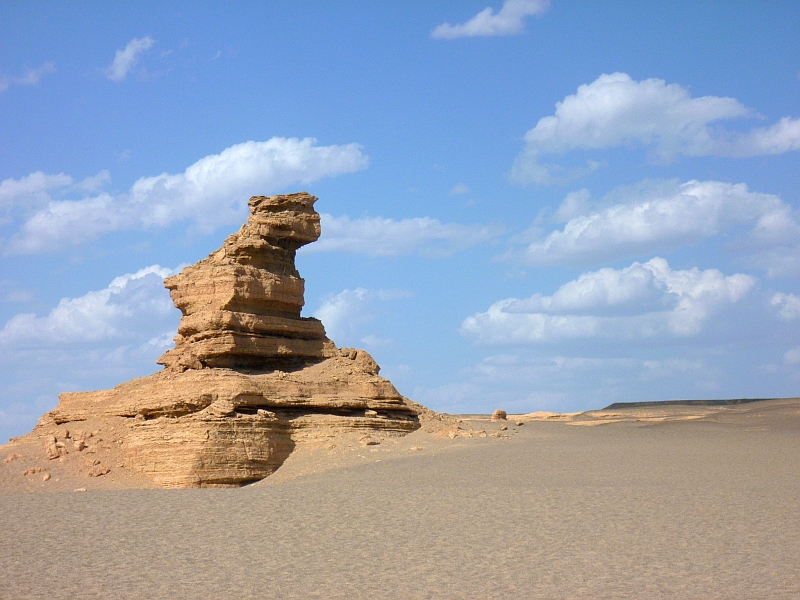
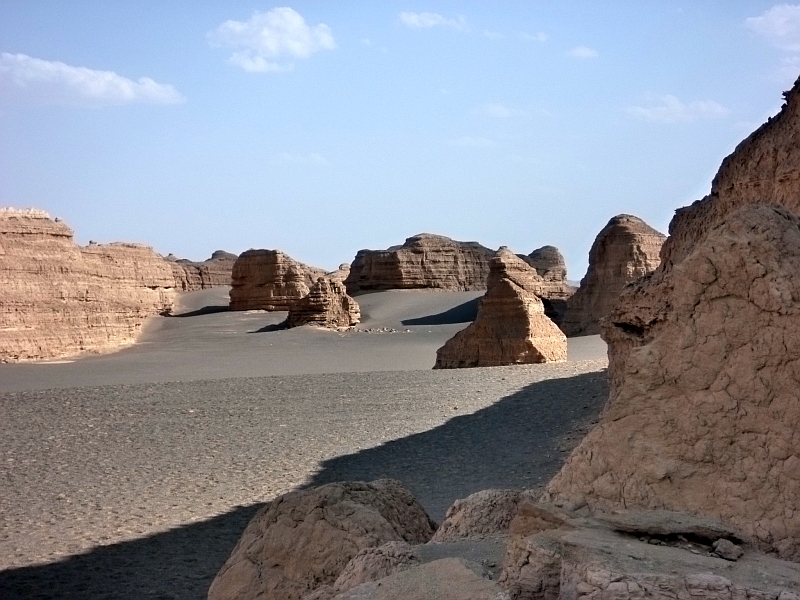
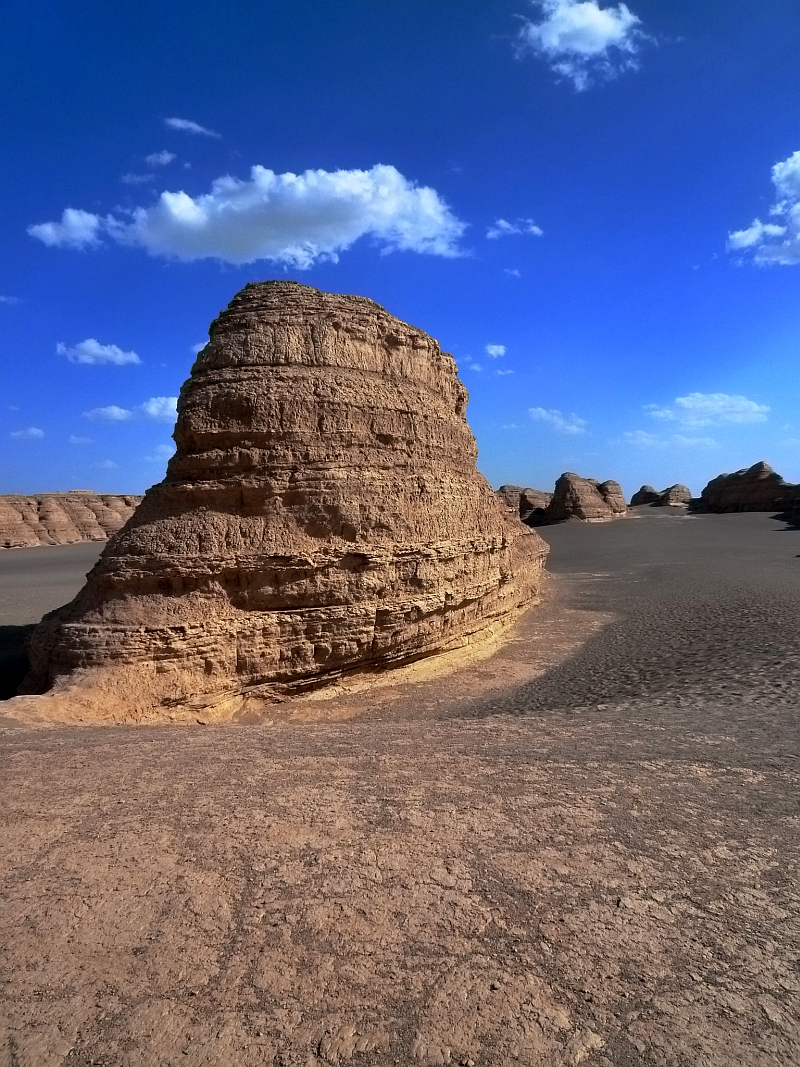
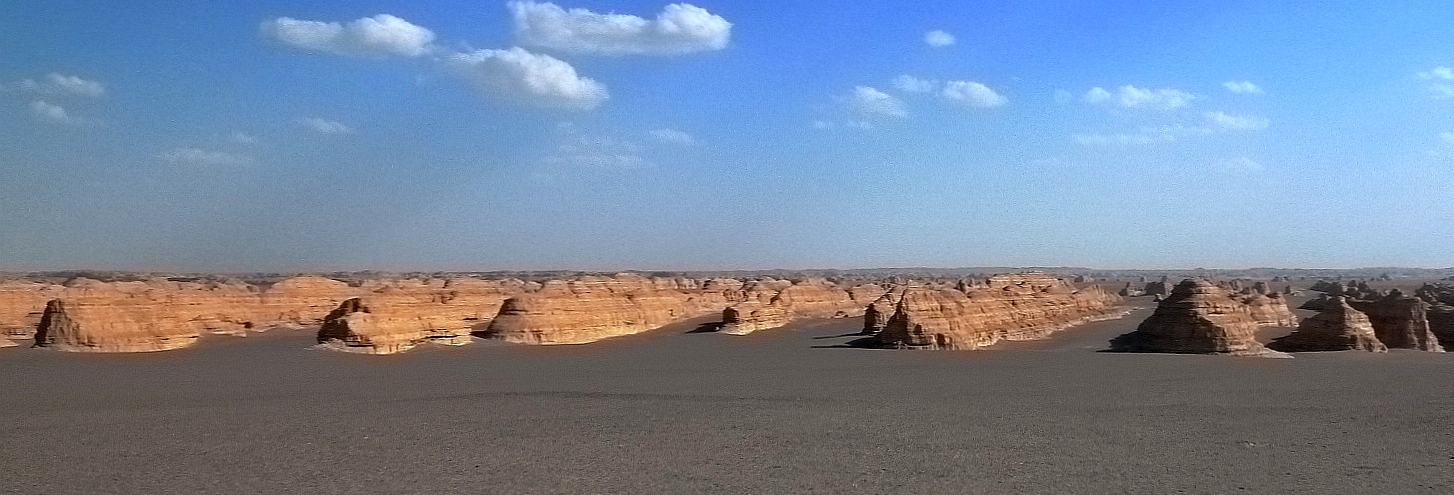
August 10, 2013
We revisited the Mogao caves with Weiwei and Anthony.
August 12, 2013
Lisa and I flew to Lanzhou at 7 pm.
August 13, 2013
Lisa left for Singapore.
August 14, 2013
The math conference in Lanzhou started.
August 17, 2013
The math conference ended, and a bunch of us took a bus south to Labrang Monastery.

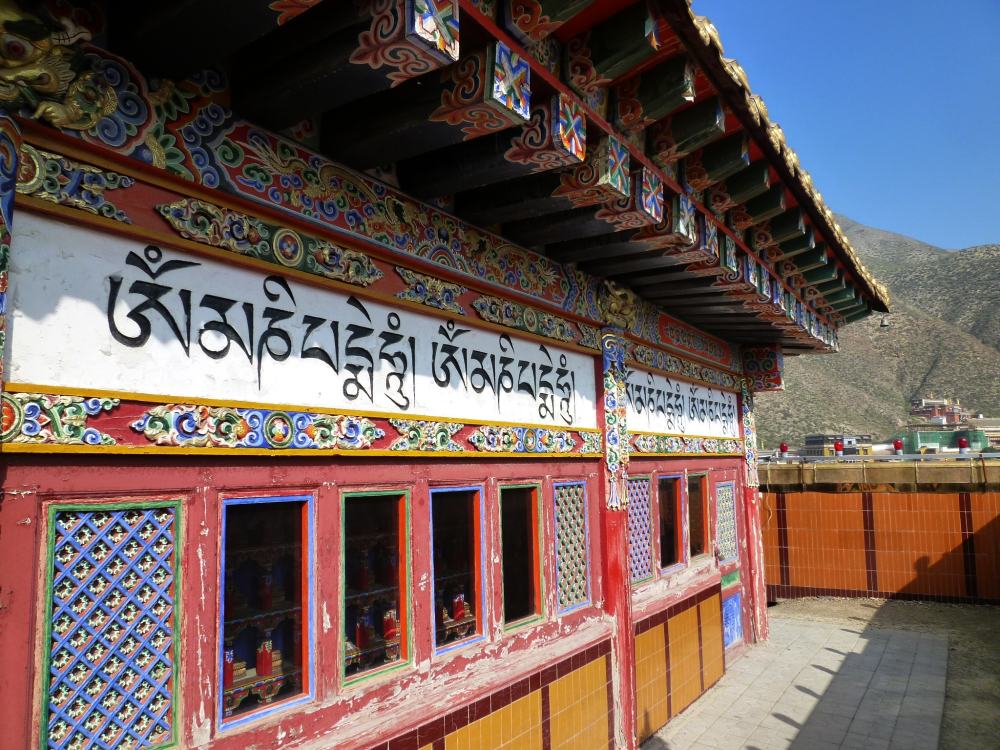

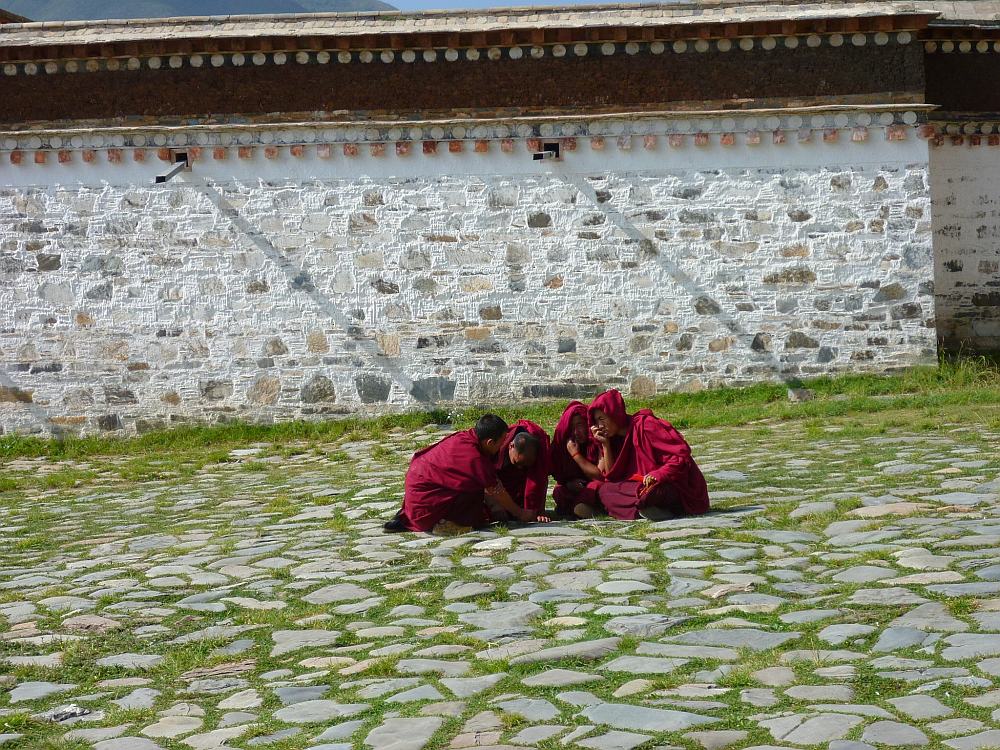
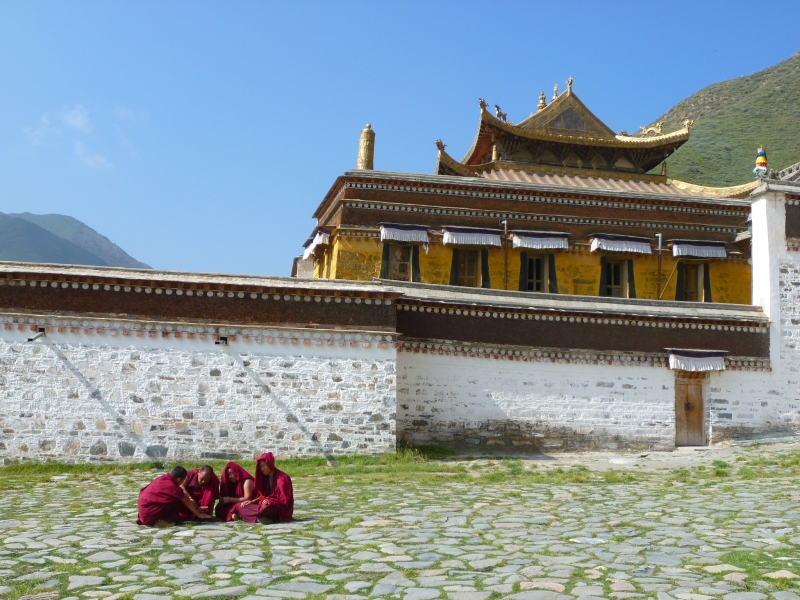
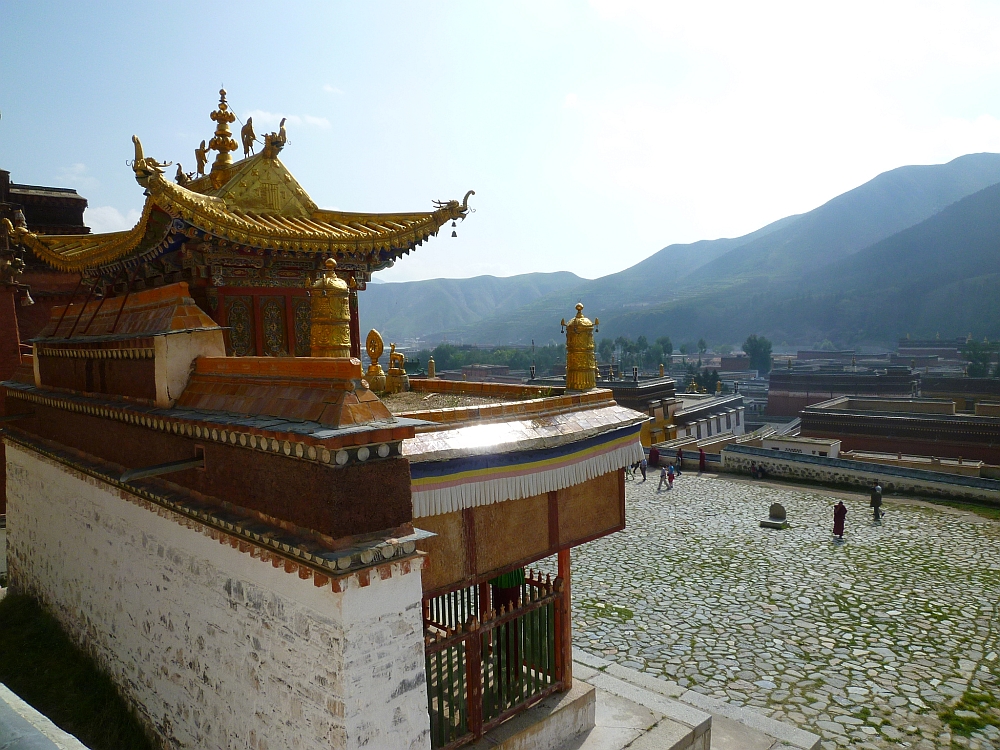
August 18, 2013
We went further south, to Langmusi, a town at the southern end
of Gansu Province, right next to Sichuan Province. This was a great
place for a hike into the Namo Gorge.

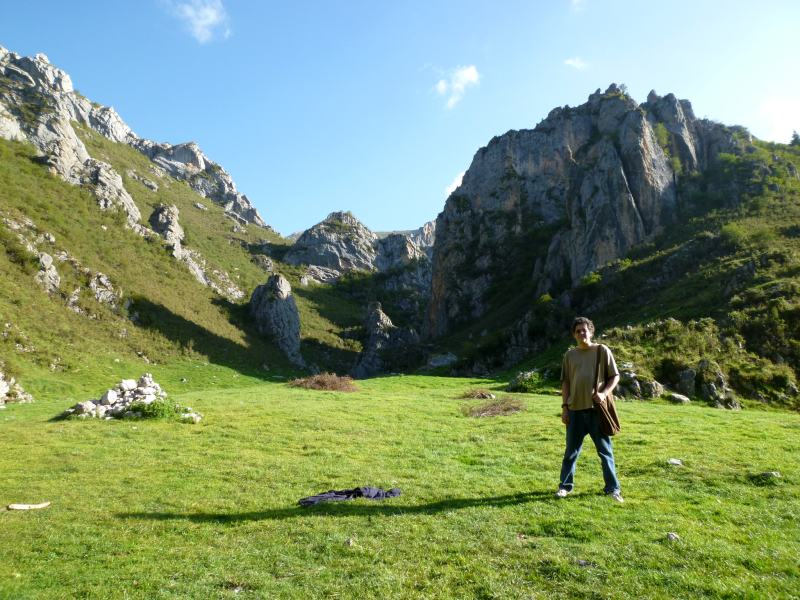
August 19, 2013
We took a long bus ride back to Lanzhou.
August 20, 2013
I flew back to Singapore.
© 2013 John Baez
baez@math.removethis.ucr.andthis.edu